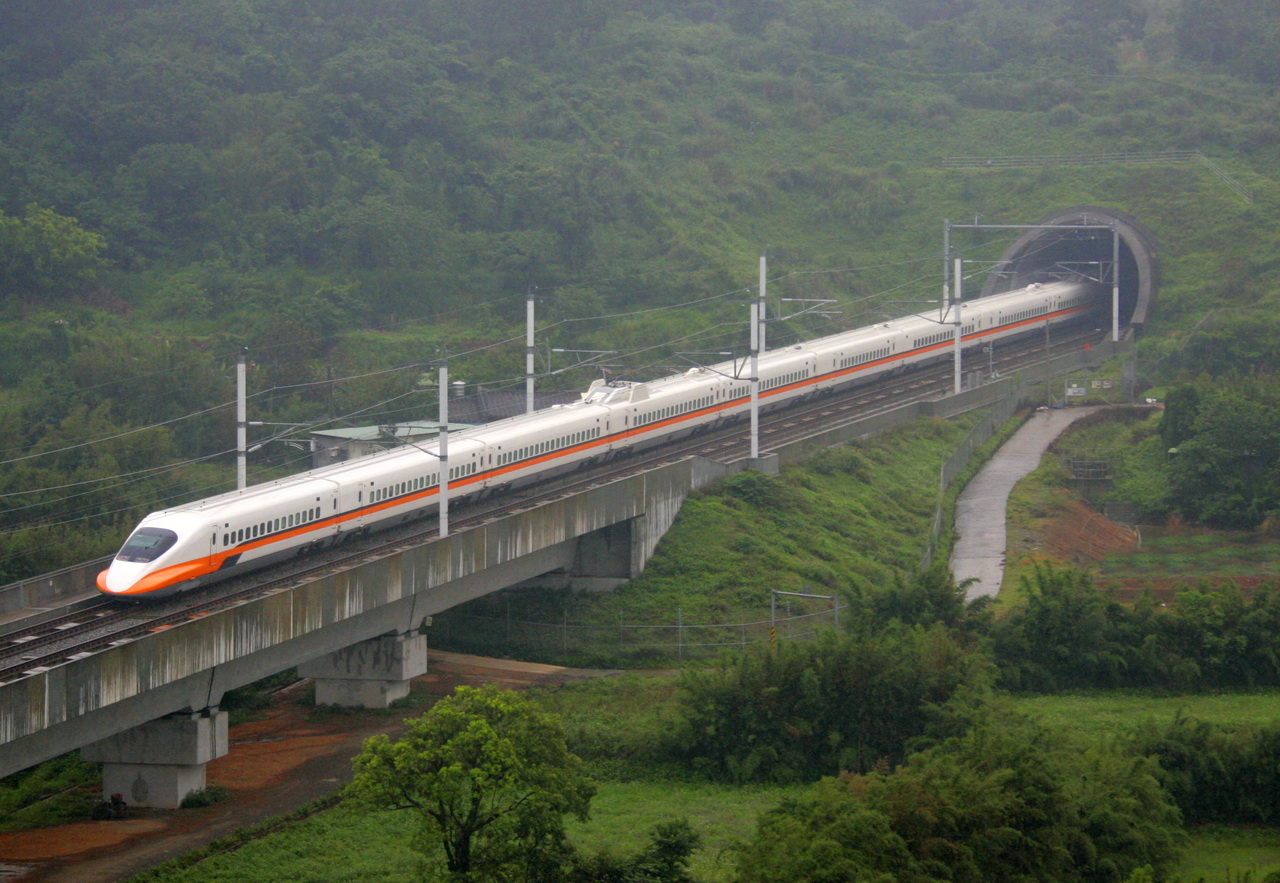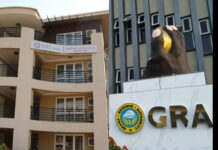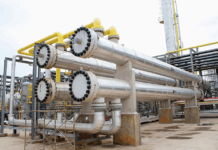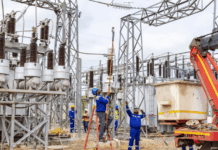
South Africa and the region are already benefiting from efficiencies and cost savings brought by new rail locomotive technology, and further advances are possible if more goods are transported by rail instead of by road.
This is the view of Thomas Konditi, President and CEO of GE Transportation in Africa. He noted that Southern African countries upgrading their rail transport systems were getting some of the most advanced technologies in the world.
“The emissions technology in our locomotives has changed dramatically over the past 25 years,” Konditi said. “A locomotive we produce today has about 1 per cent of the emissions compared to a locomotive from 25 years ago. The latest batch we are manufacturing for Transnet will have some of the lowest emissions in the world.”
South Africa, Angola and Mozambique are among the African countries investing heavily in improving railway infrastructure, and particularly new locomotives. South Africa’s Transnet recently contracted GE South Africa Technologies to provide 233 of its new Evolution locomotives. Mozambique’s rail authority Caminhos de Ferro Moçambique (CFM) purchased 10 of GE’s C30ACi locomotives, while the Angolan government inked an agreement for GE to supply approximately 100 locomotives over five years and refurbish CFM’s current fleet.
Like many transport customers around the world, African countries are focused on meeting climate change commitments and are therefore demanding emissions reduction on all modes of transport, from road and rail to air. This can be achieved through technological advances in the locomotives, but also through the broader rail network. For example, GE’s new RailConnect 360 technology creates a digital connection between trains, dispatchers and destinations which can increase the fuel efficiency of rail operations.
“Fuel consumption increases with speed. If, for example, you know that your offload point will not be ready for an hour, you can slow the locomotive down to conserve fuel, save cost and arrive at just the right time to offload the freight.”
Environmental benefits and financial savings can also be achieved by transferring the goods currently transported on Africa’s roads to rail.
Konditi says Africa would benefit significantly if more goods were moved by rail, particularly on long distance routes where road transport is less efficient and more expensive. Road and rail should complement each other, with road being used mainly for the final point of distribution.
“Trains are good for long-distance hauling and for heavy and bulk commodities where using rail instead of road can save 20 to 30 per cent. In the US, for example, 95 per cent of all goods on the shelf have been moved by rail at some point.”
In South Africa the figure is 20 per cent, which Konditi sees as a huge opportunity to optimise the road-rail discussion. The opportunity is even greater in Nigeria, which has a larger economy than South Africa and three times the population, but where a mere 0.1 per cent of goods move by rail.
“The majority off goods in Nigeria move by truck, and often over huge distances of 1 000 km or greater. Agricultural production, for example, is in the north of Nigeria, but the major areas of consumption are in the south.”


























